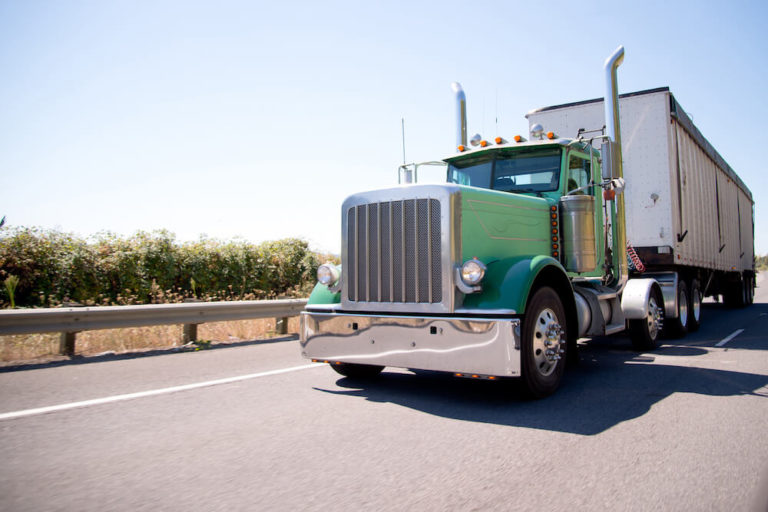The United States Department of Transportation (DOT) established the Federal Motor Carrier Safety Administration (FMCSA) on January 1, 2000. This was in response to passage of the 1999 Motor Carrier Safety Improvement Act. Prior to the 1999 legislation, the FMCSA was one division of the Federal Highway Administration.
safety
Safety is an extremely vital part of operating a commercial vehicle. Not only must you be able to properly handle such a large vehicle, you must be observant of other cars. Training, pre-planning, and inspections are essential before a driver can ever take off. However, there are new safety rules, regulations, and best practices that pop up throughout the trucking world all the time.
Weather and security measures can put your drivers and clients’ cargo at risk. Plus, with the new advances in technology, devices like cameras and driving habit detectors play a huge role in commercial truck driving safety.
As a commercial vehicle driver, it’s important to stay knowledgeable about new advances and practices to keep drivers accountable and properly assign accountability.
In these articles, we’ll go over all things trucking safety. We’ll cover topics like driving behaviors, tips, news, inspections, and proactive measures that can keep your drivers safe and your insurance rates low.
What is a Cooperative Safety Plan (CSP) and are motor carriers required to develop one?
A cooperative safety plan (CSP) is a voluntary structured plan that motor carriers file with the Federal Motor Carrier Safety Administration (FMCSA).
How can a carrier improve in the Unsafe Driving BASIC?
Unsafe driving is one of the seven categories of the Behavioral Analysis and Safety Improvement Category (BASIC) created and monitored by the Federal Motor Carrier Safety Administration (FMCSA).
Which carriers are included in the Safety Measurement System?
According to the Safety Measurement System (SMS), a program of the Federal Motor Carrier Safety Administration (FMCSA), five million people are employed as commercial truck and bus drivers in the United States. Drivers of these large commercial vehicles share the same roads as more than 250 million Americans using their own personal vehicle.
What data does the Safety Measurement System use?
The Safety Measurement System (SMS), a branch of the Federal Motor Carrier Safety Administration (FMCSA), identifies and intervenes with drivers who have demonstrated unsafe driving behavior. It uses seven distinct categories, known as BASICs, to identify, categorize, and rank drivers to prioritize for intervention. BASIC stands for Behavioral Analysis and Safety Improvement Categories and includes the following categories:
What are the three forms of CSA intervention?
Compliance and Safety Accountability (CSA) is a program of the Federal Motor Carrier Safety Administration (FMCSA) for the purpose of helping motor carriers comply with federal regulations. It institutes three levels of intervention known as Early Contact, Investigation, and Follow-On. CSA interventions help to determine the reason for safety issues and recommend solutions to correct them.
What does the Vehicle Maintenance BASIC cover?
Regular maintenance for your trucks and fleet vehicles does more than just prevent you from experiencing emergency repair work costs and downtime; it enhances your safety on the roadways, too. As a trucker or an organization that owns trucks, if you perform deliveries or shipping services, you are also required to comply with key maintenance and safety regulations from the FMCSA.
What is a trucking company’s CSP (Company Safety Profile)?
The Federal Motor Carrier Safety Administration (FMCSA), a division of the federal Department of Transportation (DOT), retains safety information for every commercial carrier that drives on public roads. It also keeps a safety record for every trucking company or independent owner-operator.









